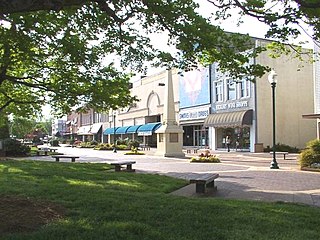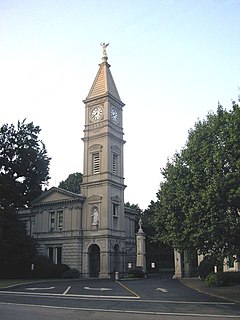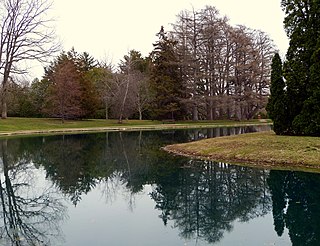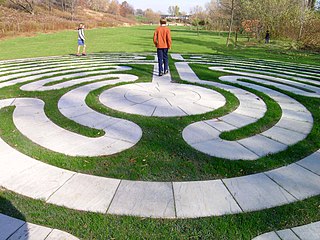This article does not cite any sources .(December 2009) (Learn how and when to remove this template message) |
The Old Hickory Lake Arboretum (23 acres) is an arboretum and environmental study area located adjacent to Old Hickory Lake in Hendersonville, Tennessee.

An arboretum in a general sense is a botanical collection composed exclusively of trees. More commonly a modern arboretum is a botanical garden containing living collections of woody plants and is intended at least in part for scientific study.

Old Hickory Lake is a reservoir in north central Tennessee. It is formed by the Old Hickory Lock and Dam, located on the Cumberland River at mile 216.2 in Sumner and Davidson Counties, approximately 25 miles (40 km) upstream from Nashville. The city of Hendersonville is situated on the northern shoreline of the lake, and Old Hickory, a portion of Metropolitan Nashville-Davidson County, is located on the southern side of the lake, just upstream of the lock and dam. The lake extends 97.3 miles (156.6 km) upstream to Cordell Hull Lock and Dam, near Carthage, Tennessee. The dam and lake are named after President Andrew Jackson, who lived in the vicinity, at The Hermitage.

Hendersonville is the largest city in Sumner County, Tennessee, on Old Hickory Lake. The population was 51,372 at the 2010 census and 54,068 according to 2013 estimates.
The arboretum contains over 60 species of shrubs and trees. It was created and is maintained by the United States Army Corps of Engineers, who manage the lake area.
In biology, a species ( ) is the basic unit of classification and a taxonomic rank of an organism, as well as a unit of biodiversity. A species is often defined as the largest group of organisms in which any two individuals of the appropriate sexes or mating types can produce fertile offspring, typically by sexual reproduction. Other ways of defining species include their karyotype, DNA sequence, morphology, behaviour or ecological niche. In addition, paleontologists use the concept of the chronospecies since fossil reproduction cannot be examined. While these definitions may seem adequate, when looked at more closely they represent problematic species concepts. For example, the boundaries between closely related species become unclear with hybridisation, in a species complex of hundreds of similar microspecies, and in a ring species. Also, among organisms that reproduce only asexually, the concept of a reproductive species breaks down, and each clone is potentially a microspecies.

The United States Army Corps of Engineers (USACE) is a U.S. federal agency under the Department of Defense and a major Army command made up of some 37,000 civilian and military personnel, making it one of the world's largest public engineering, design, and construction management agencies. Although generally associated with dams, canals and flood protection in the United States, USACE is involved in a wide range of public works throughout the world. The Corps of Engineers provides outdoor recreation opportunities to the public, and provides 24% of U.S. hydropower capacity.












